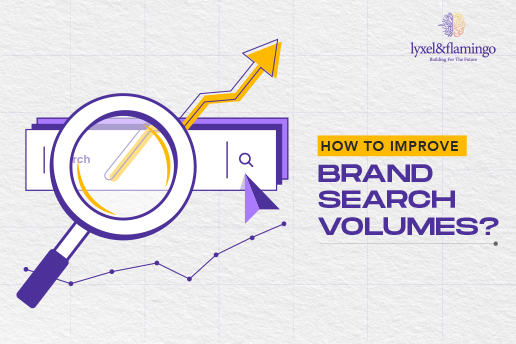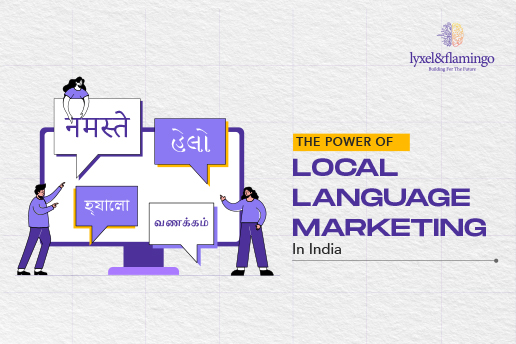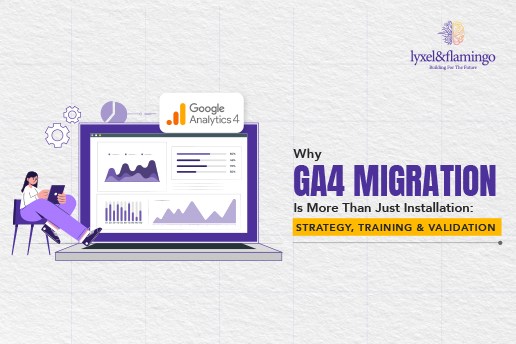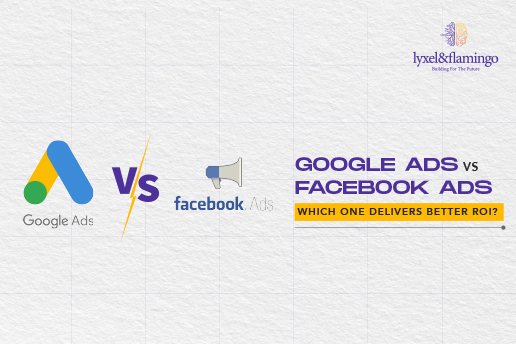A business is nothing without branding. Consequently, branding is equally important in online and offline spaces. Market penetration is especially difficult in industries with a lot of competition, where standing out from the crowd is essential. In this article, we will discuss how to improve brand search volumes and online branding in addition to how you can optimize for and impact branded searches on search engines.
Any keyword that contains your company’s name is known as a branded search keyword. For example, the term McDonald’s burger is a branded keyword. These kinds of keywords are essential as they go well with high search engine rankings. A search engine considers these kinds of companies more trustworthy if they include a brand name in their search.
In addition to this, branded terms generally have high commercial intent. People use these keywords as they are already aware of the brand and the organization. Therefore, they are more likely to buy products or avail of services from that particular brand. So one does not only bank on the current brand search volume but increases it.
Tips to improve the brand search volume
Here are some ways how to improve the volume of brand search.
1. Increase brand awareness:
The more people are aware of your brand, the more likely they are to search for it. Audience these days consumes many media channels. This means that one would need to take a multi-faceted approach to increase brand awareness. Consider using advertising, social media, and content marketing to increase brand awareness and drive traffic to your website. This practice is known as Omni channel or multi-channel marketing.
If the brand is active on many channels such as forums, blog content, Q&A websites, and social media, people will include the brand name in their google searches to know more about the brand.
A holistic approach to all marketing channels is necessary to increase brand awareness and branded traffic to the website. This will gradually increase searches for your brand. Other channels like remarketing and paid search can help to increase brand awareness and, therefore, increase branded search traffic. To implement a multi-channel marketing strategy, establishing a buyer persona and target channels can be a start. Good multi-channel marketing follows each channel’s best practices and stays consistent with all media platforms.
2. Optimize your website for search engines:
Use search engine optimization (SEO) techniques to improve the visibility of your website in search engine results pages. This includes optimizing your website’s structure, content and technical elements. As commercial intent is high, branded queries are extremely valuable. Some companies even bid on their competitor’s branded keywords via pay-per-click (PPC). Conducting keyword research is important to identify all relevant brand search keywords.
Multiple tools are available for the same. Tools like Answer The Public or Google keyword planner can be used to do keyword research. You simply need to use your brand name as a seed keyword or starting point of the keyword. This will, in turn, return all keywords associated with your brand. Put your findings in a spreadsheet and filter out keywords without any brand name. Once the keywords that are associated with your brand are uncovered, you can create content that addresses them.
3. Use social media:
Use social media platforms to drive traffic to your website and to promote your brand. This can include posting regular updates, engaging with followers, and running social media ads. A good social media strategy that is well-executed will lead to increased visibility for your brand. Creating interesting, relevant content will mean that people share them with their followers, which will increase your exposure and reach. The more the brand is shown online, the more chances you have of the audience getting familiar with it and eventually turning into customers.
4. Use the paid search:
Consider using paid search ads to improve your brand’s visibility in search engine results pages. This can help drive traffic to your website and increase brand search volumes. The workings of a paid search are akin to an auction. When someone searches with a keyword, the search engine looks at them and determines whether or not some advertisers are bidding on those keywords. If they do, the auction begins. The search engine then looks at various elements like budget, specific keywords, and quality factors to make sure which ads to show where on the page.
There is a lot of competition for the top positions in organic search results. The first three ads on the Google search results page get 41% of clicks. Paid search gets you to the first page of the search engine.
While SEO or other digital marketing strategies makes one visible on the search engine, it doesn’t work immediately. It usually takes a few months for an individual to increase the chances of organic ranking on search engines for relevant queries. However, with paid search, one can start showing up on search engines almost immediately; in this way, the interested searchers are quickly captured.
Though the audience knows that you paid to be on the first page of Google, that doesn’t reflect poorly on the business reputation of your brand. Search engines have a set of factors and requirements in place for paid rankings to ensure that the ads that are out on the first page are trustworthy and relevant, just like organic rankings. Search engines do not only look at how high you bid; they bank on your quality score, which shows how relevant your keyword is to the ad text and what the audience is searching for.
5. Use offline marketing:
Don’t forget about offline marketing techniques, such as print ads, billboards, and sponsorships, to promote your brand and drive traffic to your website. Other techniques like sponsoring groups or hosting events can increase the number of online searches for your brand. Something as basic as handing out business cards can improve the volume of branded term searches. When done cleverly, offline marketing activities can spark curiosity and can lead consumers to search for the brand further online.

6. Create valuable and relevant content:
Publish valuable and relevant content on your website and social media channels to attract and engage potential customers. This can help improve your brand’s visibility and increase search volumes. Use SEO techniques and keyword searches to understand what sort of content is relevant for your brand and create them. Good content should address the need of a consumer, and thus they engage with the content and even share them. This, in turn, widens the brand’s reach, and the search volumes are increased.
7) Encourage customer reviews:
Encourage customers to leave reviews on your website and review sites, as positive reviews can improve your brand’s reputation and increase search volumes. Social listening is an essential marketing and information-gathering tool that helps one to understand what the customers and potential customers want from you. With the help of simple tools like Hootsuite, one can set up a stream for mentions of one’s brand on different social media handles and then can respond to concerns, comments, or positive reviews immediately. This also helps in gathering sentiments regarding your brand and pursuing other people to engage with your brand as well.
Conclusion
In a nutshell, your objective is very simple. It is to get people to search for your brand on search engines. This is created by creating curiosity so that people feel compelled to search for your business online. You can use a mixture of online and offline techniques to build your brand search volume, which in turn would affect your brand’s credibility. By using tools like paid search, social listening, and SEO, one can easily climb up on the search engine’s page and hence increase brand search volumes.









